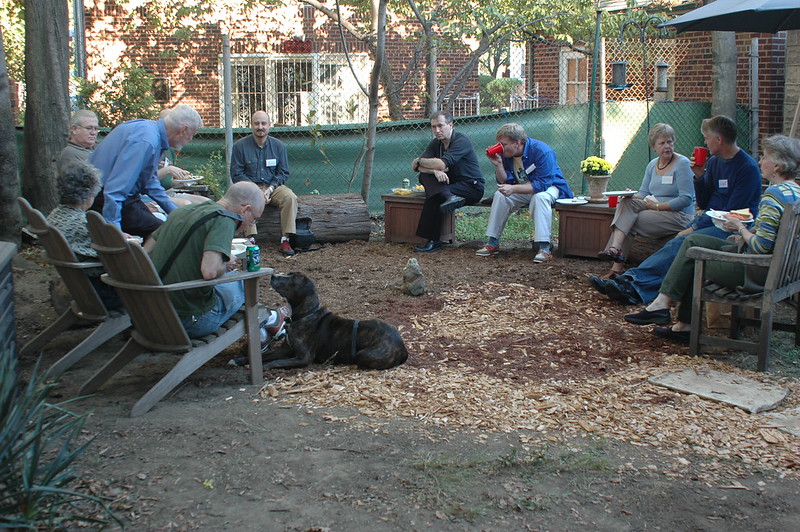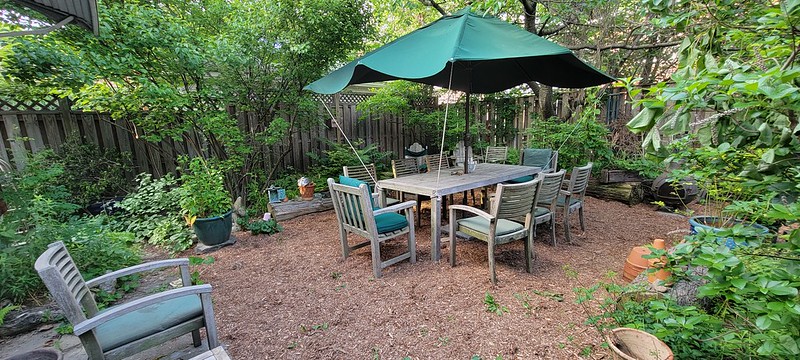Adapted from a
tweet thread.
In a guest post on the ASLA's "Dirt" column, Alden E. Stone, CEO of Nature Sacred, writes:
[Our new report] is part research and part practical guide, and shares key insights gained through having co-created more than 100 Sacred Places across the country in communities, many under-resourced; in prisons, at universities, and in hospitals. A handful of these sites were also implemented as part of an expansive, decade-long design, build, and research project. ...
For the research portion of this paper, we focused our attention on four domains: nature’s impact on individual, community, economic and ecological health. ...
for many of the individual and community health benefits to kick in, people must engage with nature. Spend time in the green space.
And this is where Nature Sacred has spent a lot of energy over the past two decades — looking at how to best engage the community and how to best design so that the community embraces, and spends time in, their green space.
She describes four "design elements":
- Portal
- Path
- Destination
- Surround
These design patterns recur in many different types of gardens, whether intentionally healing/sacred or not.
My backyard embodies all four elements. What follows is an exploration of the history of my backyard, from inception to its current state, viewed through the frame of those four design elements.






